کیوریتور یک استراتژیست فرهنگی است که با ایجاد پیوند میان فرهنگهای دیداری، به ثبت تصویری از امروزِ دست می یابد. او با شناخت عمیق جامعه انسانی، ارائه هنری را به بستری برای نگریستن خود، گفتگو و اندیشیدن بدل می کند. کیوریتور نه فقط برگزار کننده رویداد هنری و به تعبیر اشتباه، دلال هنری است، بلکه پلی میان هنرمند و مخاطب در یک فرآیند برنامه ریزی شده است.
کارآموزی کیوریتوری یک دوره سه ماهه است که داوطلبین در آن با فرآیند کیوریتورال و شیوه های نگریستن بر پایه رویکرد های «هانس اولریش اوبریست» آشنا خواهند شد. در این دوره ضمن آموزش و شناخت مباحث نظری هنر وکیوریتوری،هر کارآموز به ایده پردازی وخلق یک مجموعه دست می زند و در پایان دوره، مجموعه خود را در قالب یک نمایشگاه گروهی در نگارخانه سکوت ارائه خواهد کرد.



سرفصل های کارآموزی کیوریتوری
تاریخ کیوریتوری | فرآیند کیورتورال در پیوند فرهنگها | کیوریتوری به مثابه شیوه نگریستن | گذر از تاریخ هنر به علم تصویر | تأویل و هرمنوتیک اثر هنری | ایده پردازی و استیتمنت نویسی | مناسبات میان مخاطب، ایده و شیوه ارائه | جمع آوری و خلق مجموعه | برگزاری نمایشگاه در نگارخانه سکوت

What is Content Curation?: Tips and Strategies to Get Started
Content curation is the process of selecting and distributing relevant, high-quality articles and information regarding a particular topic in order to engage and inform an audience. A robust content curation strategy is becoming increasingly important to businesses, with 60% of surveyed B2B marketers believing that content curation helps produce content that engages audiences.
Curated content should include a mix of source materials including original pieces,and third-party content, like news curation, industry journals, blogs and the work of thought leaders. Curating content for newsletters and emails can also be a great component of your overall marketing strategy. Curated newsletters are typically delivered via email and aren’t a social strategy.
What is the Goal of Content Curation?
The goal of content curation is to add value by providing your audience with a unique combination of insights and information intended to contextualize and offer new perspectives on a topic of interest. Content curation can be a powerful tool for establishing your brand as a thought leade r and building credibility by amplifying diverse insights and reputable sources. Though it may appear relatively easy to accomplish, compelling content curation requires skill and experience, and can distinguish your brand from competitors
Why Content Curation is Important: Top 5 Benefits of Content Curation
Content curation offers numerous benefits to marketers looking to connect with audiences. Consider the following advantages:
1. It Increases Credibility:
By regularly providing thoughtfully curated editorial content that illuminates topics important to your audience, your brand can boost its credibility and reliability. Leveraging content from third parties allows your brand to showcase thought leadership and your commitment to keeping it at the forefront of your industry. Establishing your brand as a thought leader can have a real impact on your bottom line. According to an impact study conducted by LinkedIn and Edelman, 49% of B2B decision-makers say that thought leadership influences their purchasing decisions.
2. It’s More Cost-Effective:
Curating content can be a cost-effective way to fill your content pipeline with high-quality material. By embracing external expertise you can reduce the amount of original content you need to produce at any given time while maintaining a consistent cadence of communication. This will allow you to stretch your budget for original content further, especially when working with freelance writers. Additionally, for many organizations looking to drive a global impact, content curation can be an inexpensive way to feature material in your target demographic’s native language. You can rely on the quality of the content when promoting reputable publications, without having to outsource content from freelance writers or translation agencies. Curating multilingual assets can be a great addition to any global content marketing strategy, since it can save employees time and the organization money.
3. It’s Faster Than Generating Your Own Content:
Not only can content curation save your organization’s money, but it can also save you time. Curating external content will free up resources devoted to developing, drafting, editing and approving original pieces. It will also allow your brand to comment in a timely fashion on the topics you cover without worrying about an original article becoming out of date before it is published.
4. You Can Leverage Industry Expertise:
Gathering insights from peers and pioneers making waves in your industry is a fantastic way to provide value to your audience. By leveraging information from trusted sources and world-class leaders, you can offer your customers diverse global perspectives and expert insights, helping them to improve their lives and their businesses.
5. You Can Stay On Top of Industry Trends:
Curating content allows you to stay at the forefront of industry trends. By consistently monitoring and selecting relevant content from various sources, you can keep your finger on the pulse of what’s happening in your industry. This ensures that your content remains current and aligns with the latest developments, helping you to maintain relevance and engage your audience effectively. Staying in the pulse of trends also helps you to adapt your marketing strategies and offerings proactively, staying ahead of the competition and positioning your brand as an innovative leader in the field.
How to Get Started With Content Curation: 3 Key Steps
When it comes to content curation, it can be hard to know where to begin. Your team can start by conducting a content audit to determine where there may be gaps. Here are some additional starting points to consider when developing your content strategy.
1. Utilize Various Content Sources:
Set aside time every day to browse a variety of relevant sources, including major newspapers, industry publications and blogs to find content of interest. You can also follow thought leaders on social media and take inspiration from the articles and insights they share. When putting together your curation, showcase a variety of points of view from an assortment of sources including industry-specific publications and reputable global publishers such as The New York Times, The Economist and Harvard Business Review.
2. Provide Context for Readers:
Once you’ve selected the articles you want to include in your curated mix, it’s important to provide relevant context that expresses your brand’s perspective on the topic at hand. This can be achieved by producing an original summary or introduction for each article. These introductions should provide readers with a sense of what they might learn from the piece and why it is relevant to them. This is also a great opportunity to incorporate your own brand’s perspective while leveraging the credibility of external sources.
3. Showcase High-Quality Content:
In an age of media manipulation and misinformation, the trustworthiness of content and the reputation of the provider matters more to consumers than ever before. Ensuring that the sources you are using are thoughtful and credible are critical to maintaining your reputation and the trust of your customers. Employ only the most reputable, well-regarded sources and vet blogs or social posts as strictly as possible before distributing information to your audience.
Tips for Curating Content
1. Showcase Thought Leaders and Industry Experts
Industry leaders and thought leadership content can add credibility to your brand and deliver value to your customers. Thought leadership content can also impact how leaders in organizations view your brand. Decision makers are consuming thought leadership content at high rates, with 37% reading one to two hours per week. An additional 21% are reading thought leadership content for four hours or more per week. Additionally, 55% note that this kind of content influences how they view an organization.
2. Curate News and Industry Insights
By curating industry news, your company can become a source of valuable information for busy professionals. Financial news, healthcare news, or entertainment news content can be a valuable part of your strategy, since trends can influence how decision makers spend their budget or their quarterly strategies.
3. Consider your Distribution Channels
Confirm what content marketing KPIs you want to measure, and gather data on open rates, engagement rates, and website visits to determine which avenue is most effective for showcasing content. Your team could consider leveraging curated newsletters to your internal database, curating blog articles, or sharing this content on social media.
4. Consider Copyright
There is often confusion for many people on what is considered fair use. Generally speaking, fair use does not protect promotional or commercial use cases. Sharing a link via social media or via a newsletter is usually fine to do, provided that an asset you are showcasing isn’t behind a paywall or gated. In some cases, your team may want to republish news articles or reshare articles that your leadership team wrote in leading industry publications. Some of these use cases may require getting a copyright license or copyright permission, so it’s important to check with the publisher or your legal team before sharing or publishing content or if you have questions on copyright.
Finding the Right Content for Your Audience
Finding the right content for your target market can take a lot of effort and time, but is ultimately worth it. Here are a few tips to consider exploring while curating content:
- Audit your existing content to understand what is working
- Create detailed audience personas
- Research what questions your consumers want to be answered
- Gather content from top trusted resources
- Repurpose your top-performing content across channels
- Take a look at what your competitors are doing for inspiration
- Experiment with different types of content
There is plenty of trial and error when it comes to finding the right content, so continue to review and revise your content strategy. Realize that the way your audiences consume content will evolve over time so make sure you evolve with them.
Finding the Right Tool for Content Curation
Content curation is the process of collecting relevant content from various authoritative sources and sharing it with your audience in different formats. Having tools and resources in place that can help curate this information, can help your team be more effective in its strategy.
A content license from NYTLicensing can help you position your organization as a thought leader by providing high-quality content from renowned publishers. With NYTLicensing, you benefit from a team that can help you select the right articles for your audience. Instead of having suggestions generated by automation, NYTLicensing’s solution offers bespoke solutions to better cater to your audience.
Having a copyright license will help you save time and money while you repurpose content across your channels. The best curators become a trusted resource as they distribute content audiences truly care about, and that is exactly what we strive to do at NYTLicensing.
